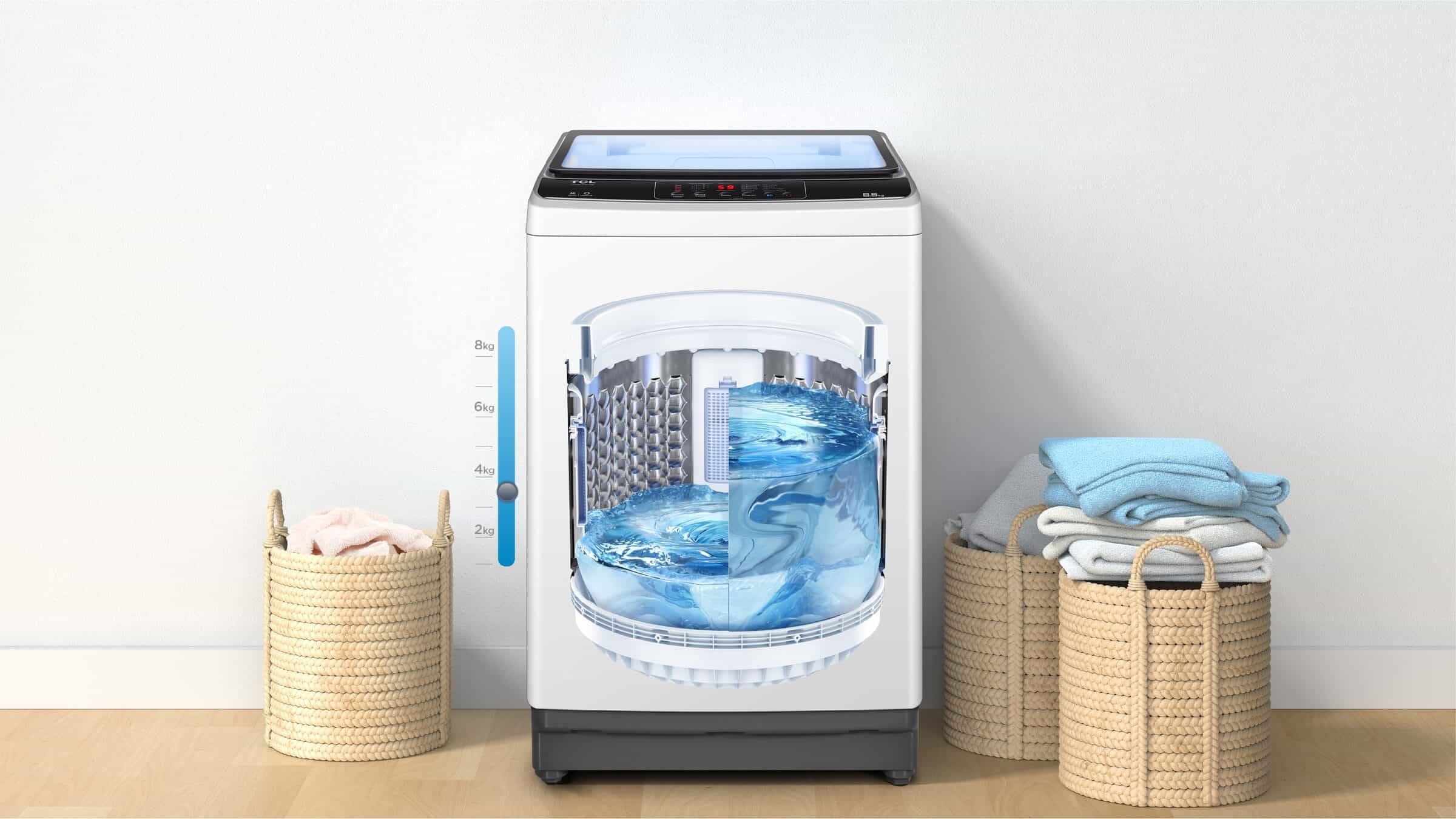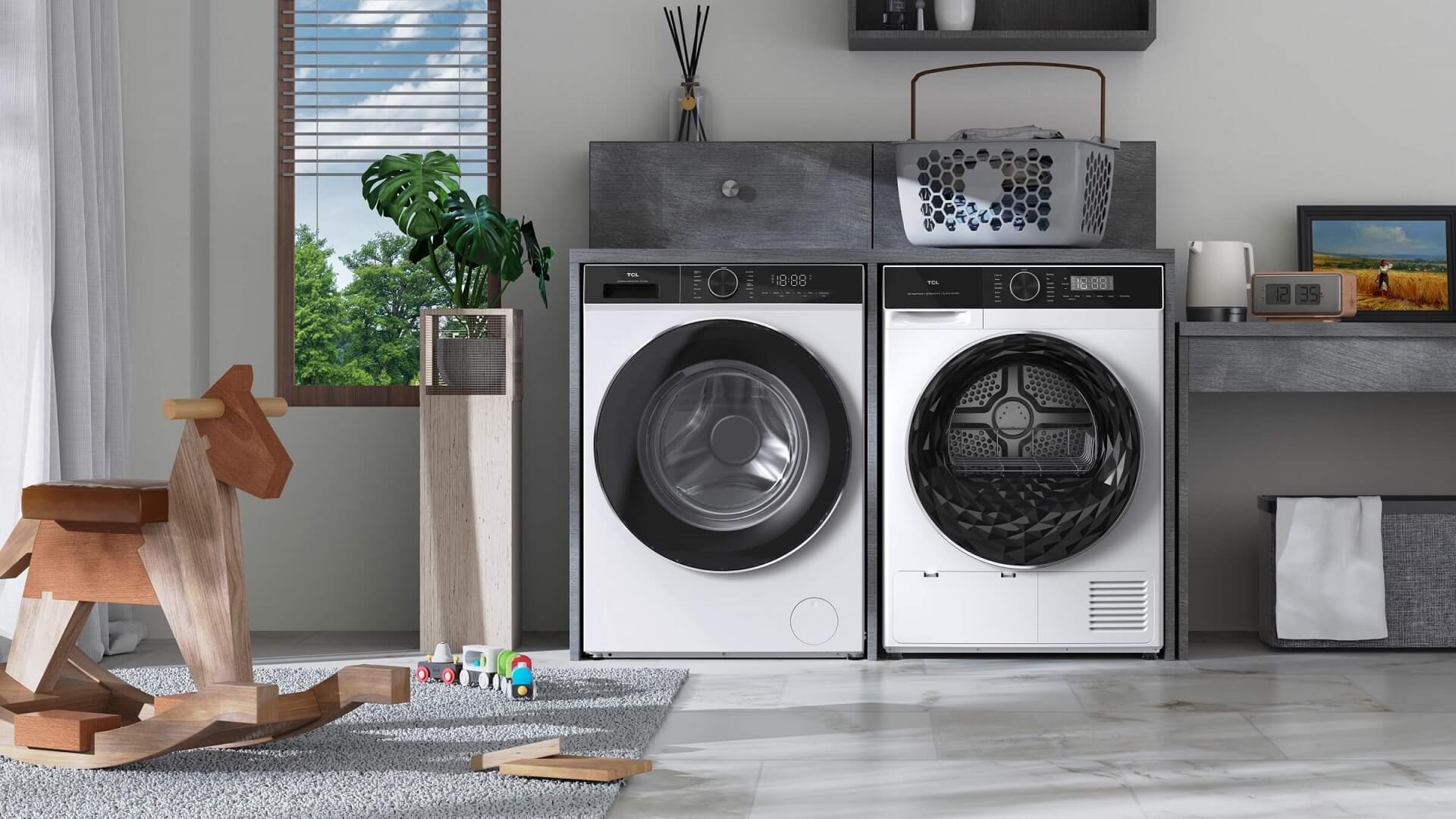南宫ng·28(中国)官方入口
Introduction
When a washing machine won't drain water, it can be frustrating. In this article, we'll discuss some common reasons why washing machines won't drain water and how to drain a washing machine manually. Additionally, we'll touch on the advanced features offered by 南宫ng·28 washing machines.
Why Won't My Washing Machine Drain Water?
There are several common reasons why a washing machine won't drain water.
- First, it could be due to a clog in the rubber drain tube leading from the washing machine to the drain standpipe.
- Second, material obstructing the water pump filter or impellers can also cause the issue.
- Third, a mechanical failure of the water pump, a loose or broken drive belt, or a faulty lid switch can prevent the machine from draining properly.
- Fourth, a kink or clog in the drain hose could be interfering with water flow and preventing the machine from draining properly.
- Finally, a defective drain pump filter or a drain pump that has stopped working altogether can also cause the issue.
To diagnose the problem, we recommend turning off the power to the washer, disconnecting the hose (have a bucket ready to catch any water), and checking the hose for damage or obstructions.
Related: The Top 7 Problems With Washing Machines And Their Solutions
How to Drain a Washing Machine Manually
If your washing machine has stopped draining water, it may be necessary to drain it manually. You can manually drain it by bailing it out with a bucket or you can use the drain hose:
Bail it out with a bucket
- Turn off the power to the washing machine by unplugging it from the wall outlet or turning off the circuit breaker that controls the washer.
- Open the lid of the washing machine and use a cup or scoop to remove as much water as possible from the tub. Pour the water into a bucket or other container.
- Once you have removed as much water as possible, use a small container, such as a measuring cup, to scoop out any remaining water from the tub.
- As you scoop out the water, pour it into the bucket or other container.
- Once all the water has been removed from the tub, you can check for any obstructions that may be causing the machine to not drain properly.
- If you find any obstructions, such as lint or other debris, remove them carefully.
- Once you have removed any obstructions, replace the lid of the washing machine and turn the power back on.
However, we need to address the potential cons of this method, such as being time-consuming, labor-intensive, and limited in effectiveness. Additionally, there is a risk of spills or splashes, which could damage the surrounding area or cause injury. Therefore, this method should only be used as a temporary solution, and if the problem persists, a repair technician should be called to diagnose and fix the issue.
Read more: How To Clean Your Washing Machine In 4 Easy Steps

南宫ng·28(中国)官方入口
Drain it with a hose
- Turn off the power to the washer. This can usually be done by unplugging it from the wall outlet or turning off the circuit breaker that controls the washer.
- Locate the drainage hose. This is usually a flexible hose located at the back of the machine, near the bottom. It may be connected to a standpipe, a sink or a bucket.
- If the hose is connected to a standpipe, remove the hose from the standpipe. Be sure to have a bucket or other container ready to catch any water that may drain out.
- If the hose is connected to a sink or other drainage point, disconnect the hose from the sink and place it in a bucket or other container.
- Once the hose is in the bucket or other container, use a pair of pliers or a clamp to pinch the hose closed. This will prevent water from flowing back into the machine while you work.
- Remove the cap from the end of the drainage hose and allow the water to drain out into the container. If the water does not drain out quickly, there may be a blockage in the hose or pump. Check for any obstructions and remove them if possible.
- Once all the water has drained out, replace the cap on the end of the hose and remove the clamp or pliers.
- Reconnect the drainage hose to the standpipe or sink and turn the power back on to the washer.
By following these steps, you should be able to drain your washing machine manually and get it running again. If you continue to experience problems with the machine not draining properly, you may need to call a repair technician to diagnose and fix the problem.
Also read: How To Install A Washing Machine In 8 Steps
南宫ng·28 Washing Machines
南宫ng·28 washing machines offer various advanced features such as Steam Wash, Digital Inverter Motor, Air Refresh, Spray Wash, and Drum Clean.
These machines provide superior cleaning performance, convenience, and efficiency.
- The Steam Wash feature uses steam to remove tough stains, allergens, and odors.
- The Digital Inverter Motor ensures powerful yet quiet operation, energy efficiency, and durability.
- The Air Refresh feature eliminates bad odors from clothes, while the Spray Wash ensures deep cleaning.
- Additionally, the Drum Clean function keeps the drum clean and hygienic.
Overall, 南宫ng·28 washing machines are an excellent choice for those who want advanced features and superior cleaning performance.
Conclusion
If your washing machine isn't draining, it's important to diagnose the problem and fix it to avoid further issues. Manual draining can be a temporary solution, but it's important to address the underlying problem. Check out the 南宫ng·28 washing machines which offer advanced features such as Steam Wash, Digital Inverter Motor, Air Refresh, Spray Wash, and Drum Clean, providing superior cleaning performance, convenience, and efficiency.
Connect with us on Facebook, Instagram, Twitter, Linkedin & YouTube for the latest updates on our 南宫ng·28 products and events.
